The journey towards falling in love with cars or even owning them starts with knowing the basics. When you decide to buy a car, the first thing you want to know is what type of car will suit your needs. Having a reasonable knowledge of the different types of cars and their design that the Indian car market has to offer will help put you on the right path towards your dream car.
Today, the Indian automobile market offers a world of options from Hatchbacks, sedans, SUVs, to MUVs, To help you on your journey, we bring you a complete guide to understanding body types in India.
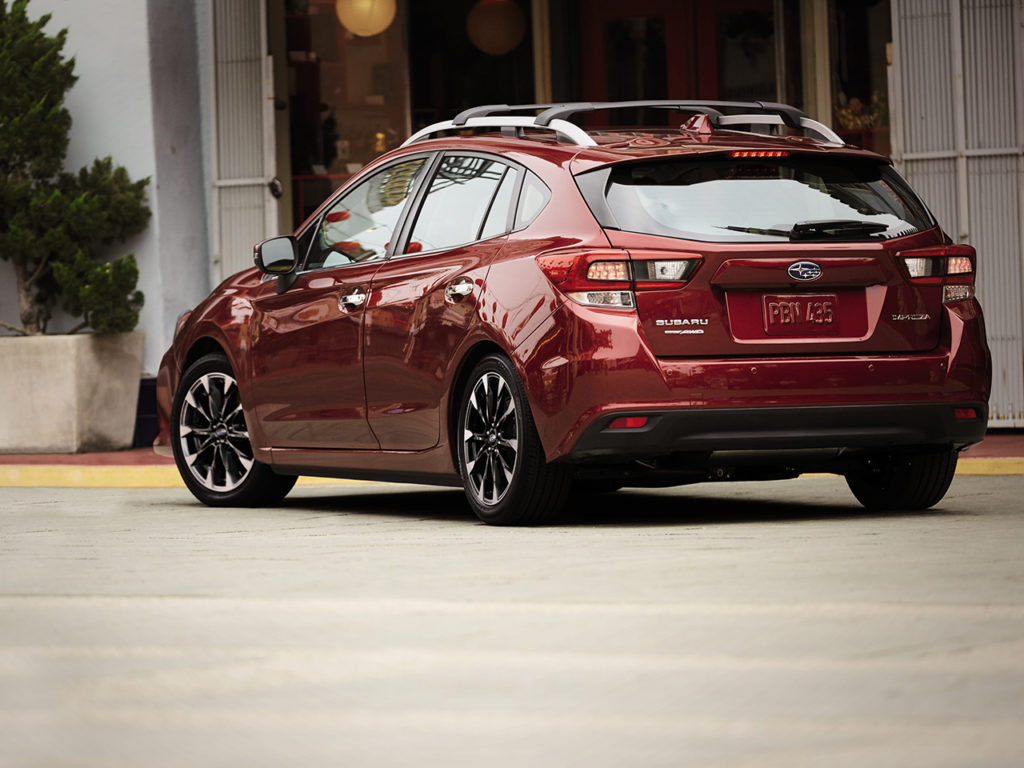
Hatchback
Hatchbacks are one of the most popular body types in terms of total sales in India. A hatchback can be defined as a type of vehicle that consists of four doors plus an additional rear door that opens up to access the trunk space. Hatchbacks are generally designed with compact bodies and are ideal for accommodating up to five passengers comfortably. However, the most striking feature in this class is the trunk. A space behind the rear seats is located within the car itself, rather than as a separate space. So, when you open the folding trunk of a hatchback, you're practically opening the car itself.
Hatchbacks are best for city driving, as they are easy to maneuver through traffic and small enough to drive on narrow streets. Its smaller, two-box design makes parking easier. Although there is no specific standard for size and displacement, hatchbacks usually have a volume of less than 4 meters and a displacement of 0.8 to 1.5 liters. The most striking advantage of this segment is its impeccable fuel economy and affordable price.

Sedans
Derived from the Latin term 'sedere' meaning 'to sit', sedans are designed to provide maximum comfort and convenience for front and rear passengers. The main component of the sedan is its longer body, designed in a three-box configuration consisting of pillars designated as A, B, and C. Compared to hatchbacks, sedans have a separate trunk compartment, which exists as a complement to the car's body line. So, when you open the trunk of a sedan, you only open the trunk and not the car itself. Because the trunk of a car is a separate compartment, a sedan usually has more trunk space than a hatchback.
Sedans in India range from compact sedans of less than 4 meters to long luxury sedans of more than 5 meters. The sedan's different design increases its price compared to the hatchback but also allows for more passenger and legroom. Larger displacement engines are more common in sedans, and the smallest is the 1.0-liter engine in smaller sedans.
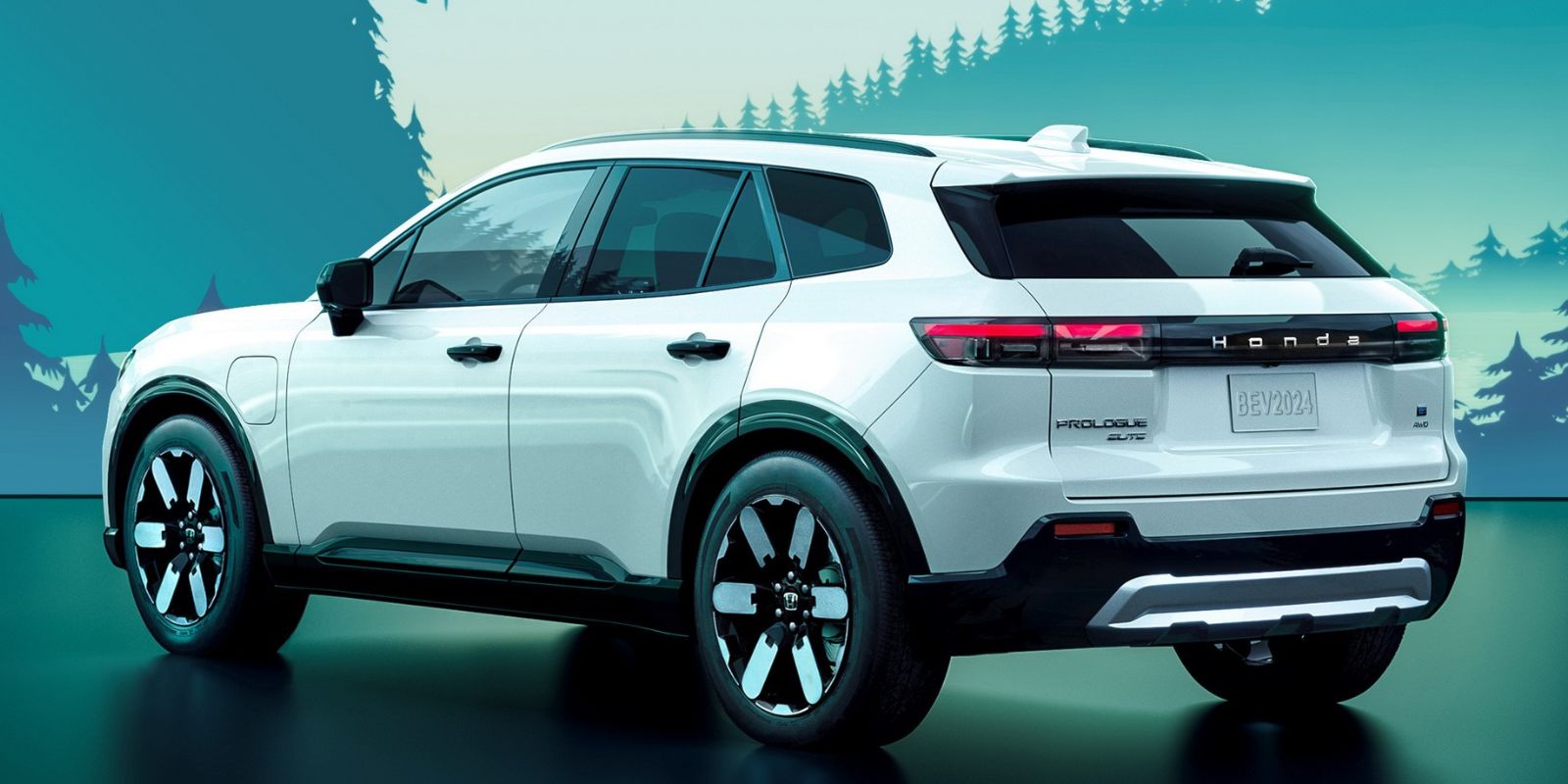
SUV (Sports Utility Vehicle)
SUVs are very popular in the Indian market and are a body type consisting of both passenger vehicles and off-road vehicles. SUVs are generally large and measure more than 4 meters, except compact SUVs measuring less than 4 meters. SUVs are designed with a long body, giving the driver a great view of the road ahead. In addition, SUVs have high ground clearance, providing better terrain handling capabilities. This is the feature that distinguishes them from all other types of vehicle bodies.
In terms of comfort, compact SUVs offer interior space similar to that of luxury hatchbacks, while midsize and large SUVs offer roomier cabins. Its high ground clearance makes the SUV well suited to tackling rough terrain, while it is also equipped with terrain modes, 4x4 systems, and other off-road features. In terms of engines, SUVs feature torque-focused engines that deliver better power at lower rpm for improved traction on rough terrain.
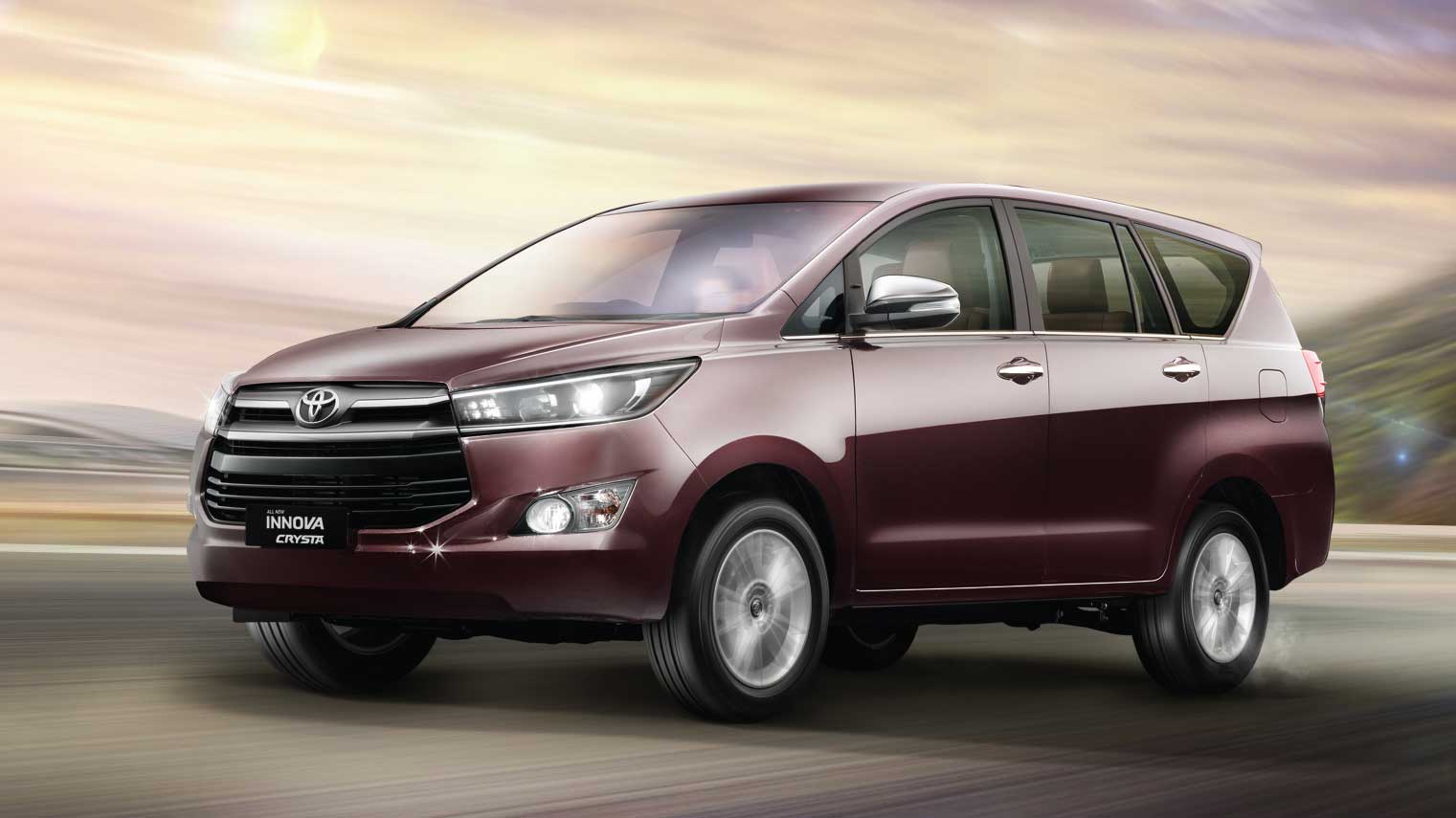
MUV (Multi-utility Vehicle)
Multi-utility vehicles (MUVs) or multi-purpose vehicles (MPVs) are designed to provide maximum practicality and utility. An MUV is often called a minivan due to its capacity.
An MUV typically can accommodate up to 10 people. You'll often find that MUVs are the vehicle of choice for longer trips due to their greater interior space and seating capacity.
MUVs are usually built with a heavy-duty chassis, capable of carrying additional passengers and luggage. In terms of daily utility, MUVs generally offer better fuel efficiency than similarly sized SUVs. Typical MUV powertrains feature large displacement engines of 1.5 liters or more, and some selected cars come with 1.0-liter engines. For those looking for practicality and efficiency rather than rugged looks and off-road capabilities, an MUV could be the perfect choice.
Also Read: Indian automotive aftermarket expected to reach USD 14 billion by 2028: E&Y report






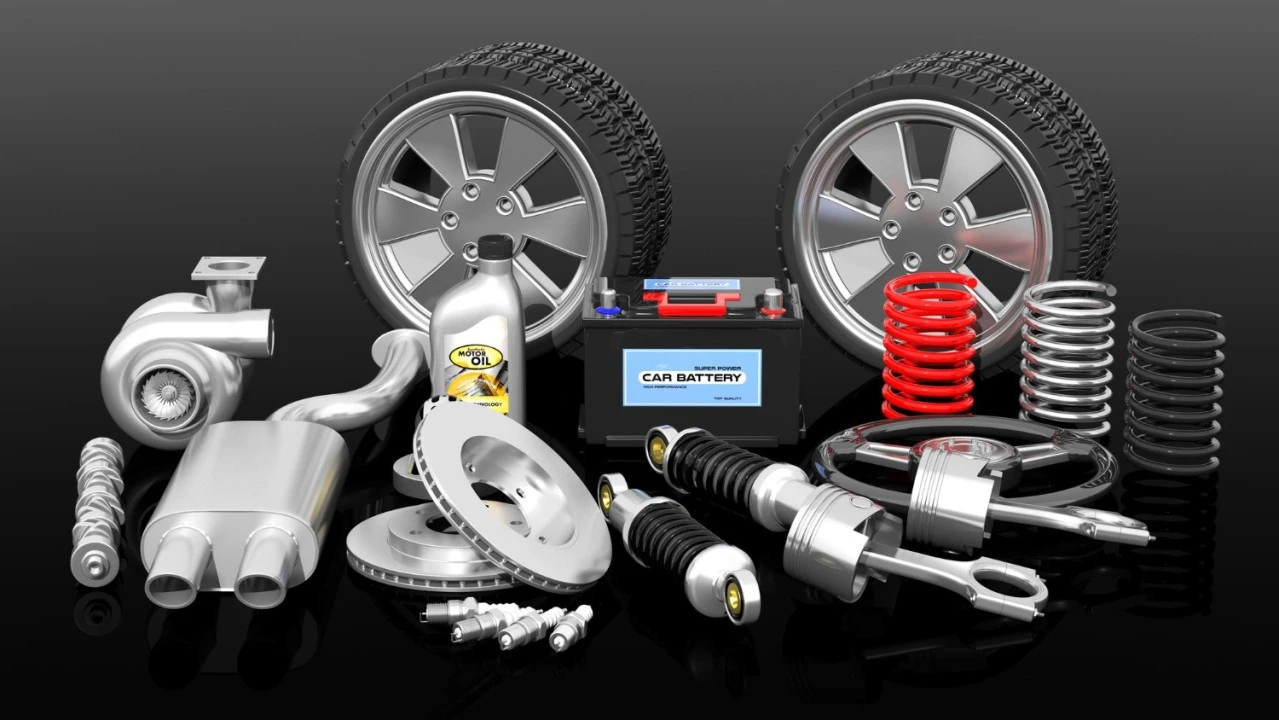

_1767768420.webp)
_1767767135.webp)
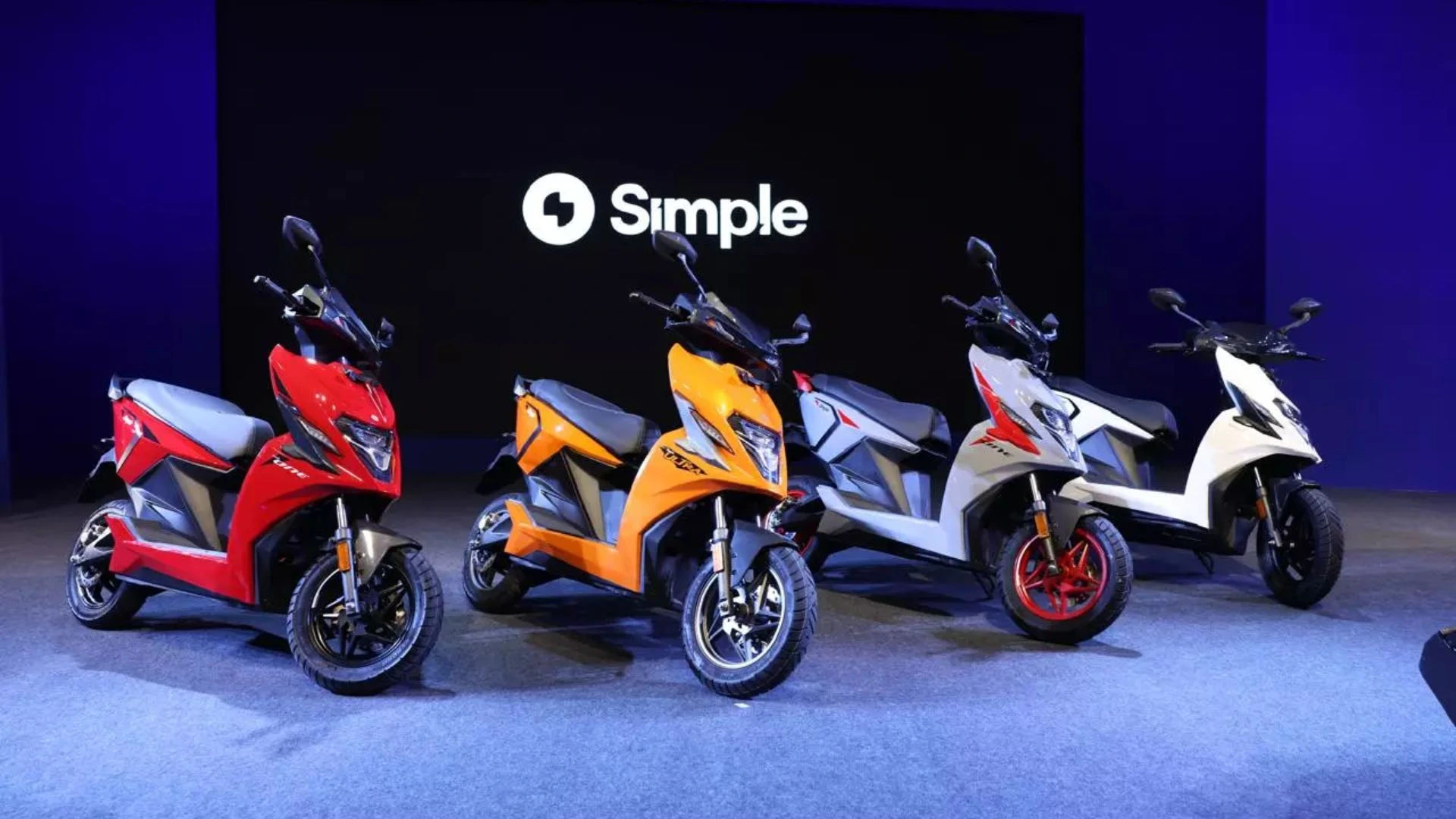
_1767695889.webp)